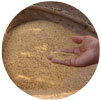Here we would like to provide some general information about Nepal to explain our commitment, but also to give visitors to this beautiful country a first overview of the level of development, geography, population and manners.
Evolution and recent history
Nepal remains one of the poorest and most underdeveloped countries in the world. According to the UNDP Development Report 2019, Nepal ranks 1431 with an HDI of 0.602. Almost half of the population is affected by multidimensional poverty. Despite an annual increase in urbanisation2, Nepal is still one of the 10 least urbanised countries in the world. Almost 80% of the population still lives in rural areas, which are often poorly developed due to a lack of infrastructure.
The ten-year civil war (1996–2006) slowed growth and development to an extent that led to regression in food security, participation in national issues and availability of services in some regions. After the end of the conflict, development organisations like PHASE played a key role in activating devastated systems by supporting local government bodies and communities.

Other serious setbacks for the country were the impact of the severe earthquakes of 2015 as well as the consequences of the COVID-19 pandemic since March 2020, which affected the income situation in the remote regions in particular, as so-called remittances – financial contributions from family members working abroad –, which are an important part of the income of many families there, stopped for a long time. For Nepal as a whole, the crisis resulted in enormous economic losses due to months of severe lockdowns, but also due to the almost complete loss of important tourism revenues. School closures over a period of months in 2020 and 2021 led to an increase in school dropouts, especially in remote regions where “distance learning” is unthinkable due to a lack of infrastructure.
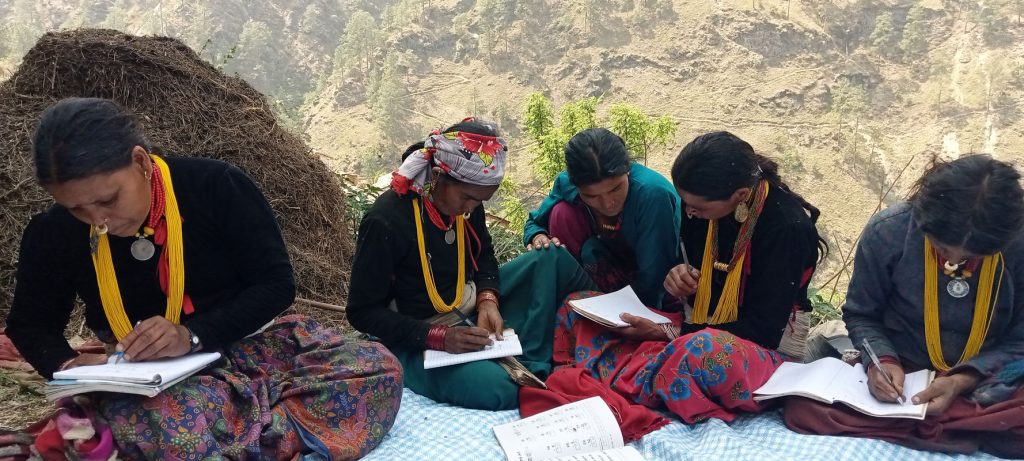
Positive signs for development are the agreement on a new constitution in 2015 (the process had been dragging on since 2008) and the successful organisation of local elections in May and June 2017 (the first in almost 20 years). The new constitution shifts a number of competences from national to local level. On the one hand, this offers an opportunity for disadvantaged regions, as important decision-makers are closer to the communities. However, due to a lack of human resources and experience in poorer regions of the country, this can also lead to problems, as the past years have shown that key positions are often filled only after long delays, thus delaying important decisions and developments. Here, too, there will be a great need for support from NGOs in the coming years.
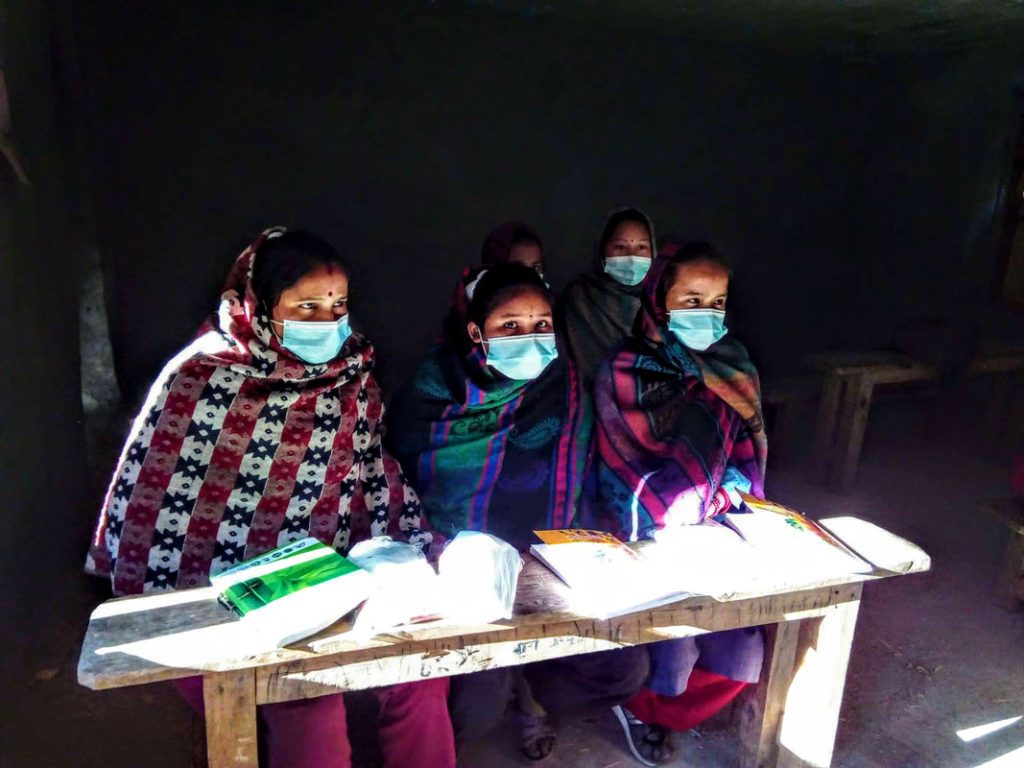
Local elections were supposed to be held again in 2021, but they were postponed as a result of the COVID pandemic.
Important key figures compared to Austria:
| Nepal | Austria | |
| Population | ca. 30 million | ca. 9,06 million |
| Area | 147,181 km2 | 83,882.56 km2 |
| GDP per capita (2021) |
1,208 USD ↑ (2019: 1,079 USD) |
53,637 USD ↑ (2019: 50,380 USD) |
| Purchasing power parity (2021) | 4,209 USD ↑ (2019: 3,581 USD) |
59,552 USD ↑ (2019: 58,850 USD) |
| HDI (2022) | 0.602/ rank 143 ↓ | 0.916/ rank 25 ↓ |
| Maternal mortality rate (2021) | 151/100,000
Regionally up to 500/100,000 |
5/100,000 |
| U5 Child Mortality rate (2021) | 27.2/1,000
Regionally up to 69/1,000 |
3.5/1,000 |
| Urban vs. rural population |
20.6% | 79.4% | 59% | 41% |
Geography
The country stretches over a width of 800 km between India in the south and China (or Tibet) in the north – a location with its own geopolitical challenges.
Nepal is basically divided into three zones: the lowlands in the south on the border with India, the so-called Terai; the “hills” (pahad in Nepalese), which are mostly between 1,500 and 2,700–3,000 metres high; and the “mountains” (himal), a zone above 3,000 metres altitude, which covers about 25% of the area but is inhabited by only 6.7% of the total population.
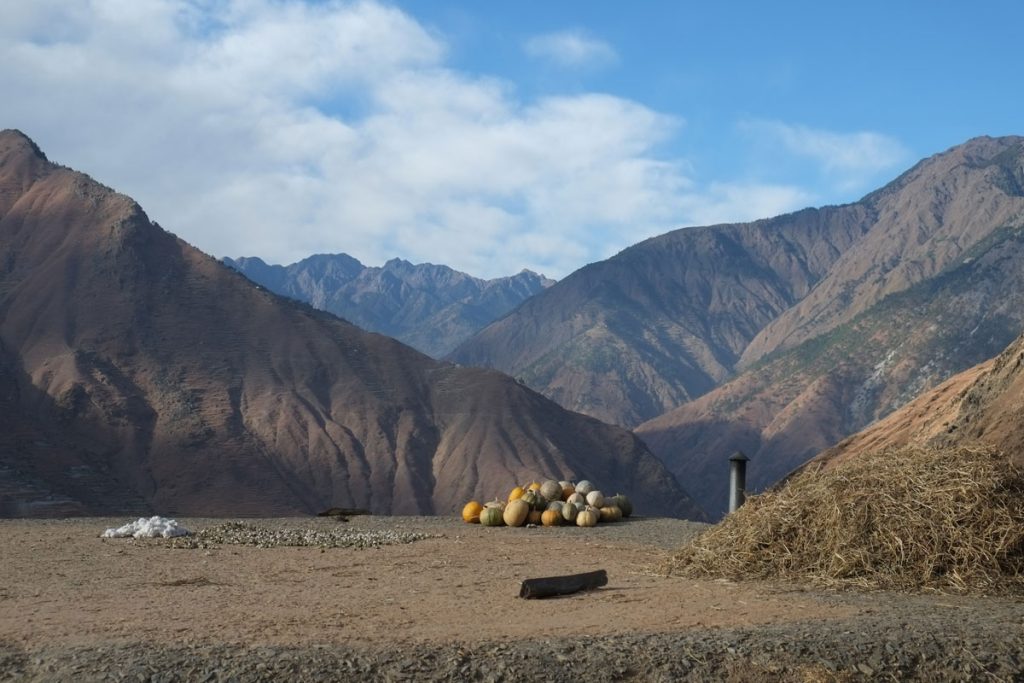
This geographical diversity from the tropical south to the highest mountain in the world is also reflected in the population: in the last census in 2011, 81.3% of the population were Hindus, 9.04% are Buddhists, a small proportion of whom are Tibetan refugees. In addition, there is a small Muslim minority (4.39%), especially in the southwest, as well as Christians (1.41%) due to missionary work, and followers of natural religions. This means that, contrary to the perception in the West, Nepal is the most Hindu country in the world, while Buddhism is often perceived as the main religion due to tourism, as many of the Buddhist ethnic groups live in the trekking areas.
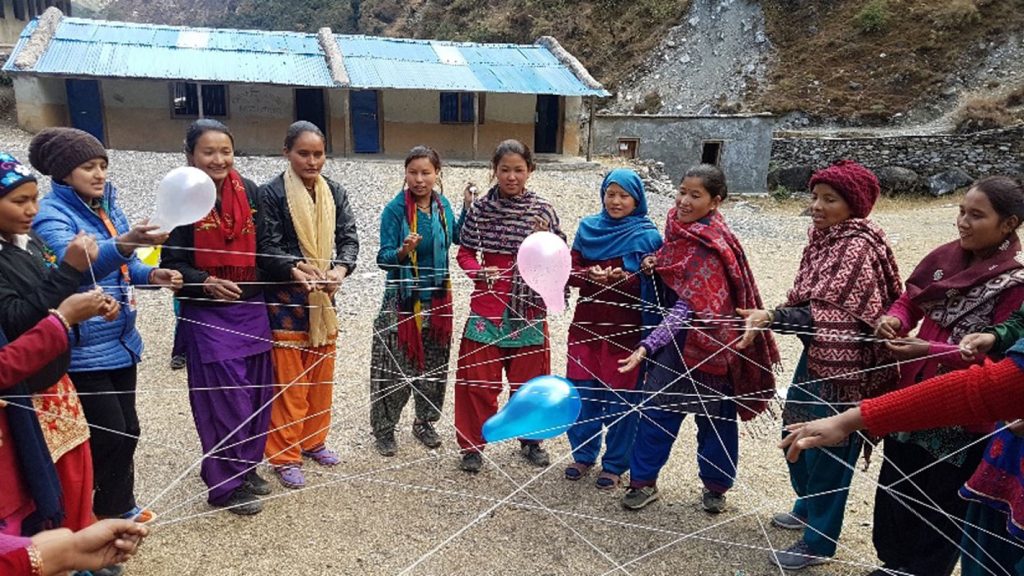
The linguistic diversity is also enormous: 123 languages are spoken in this small territory. The majority of them, including Nepalese, the official working language (although the constitution recognises all languages spoken as mother tongues as national languages), are Indo-European languages, the second largest language group are Sino-Tibetan languages, small language groups belong to the Dravidian and Austroasiatic language families.
Courtesy and etiquette
Nepalese people are generally very polite and friendly, so it is important to meet them with the appropriate respect.
Most people will be familiar with the Nepalese greeting “Namaste”. Less well known is the more respectful form “Namaskar”. Both mean, in rough translation, “I bow to you”. The greeting is usually spoken with the hands folded in front of the chest.

Female visitors to Nepal will notice that they are sometimes addressed as “sir” in English. This is because the polite Nepali form of address “hajur” has no gender, and Nepalese people simply translate it. Hajur is also used as a polite form of affirmation, or for example on the phone instead of “hello”. In addition, there are many different degrees of respectful address based on the different words for kinship: Dhai/ Didi (“big brother”/”big sister”) is a respectful but familiar form of address for someone who is perceived as an older person of respect or hierarchic superior; the equivalents Bhai/ Bahini (“little brother”/”little sister”) are also widely used. However, we would recommend always to use the more respectful form in case of doubt.
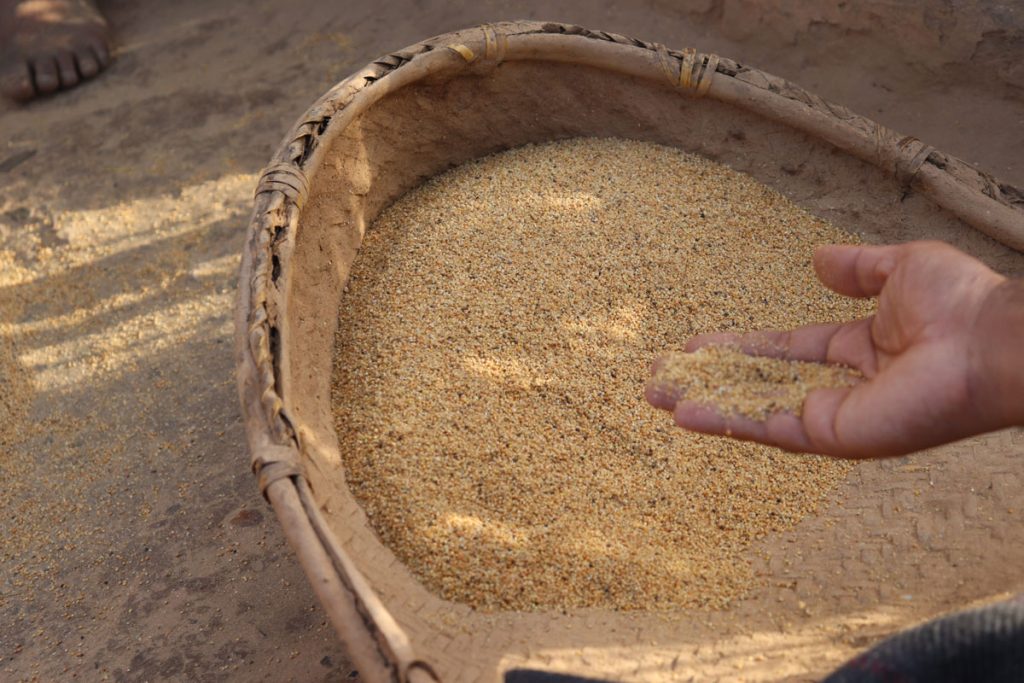
However, many gestures are also forms of politeness: it is for example considered impolite to hand something to a person with only one hand or to accept something with only one hand. Therefore, you either form both hands into a bowl or, more often, you give or receive something with one hand, but place the other hand on the forearm of the receiving hand.
It is considered very impolite to step over the limbs of people – but also animals. Therefore, one should always sit down in such a manner that there is enough space for others to pass.
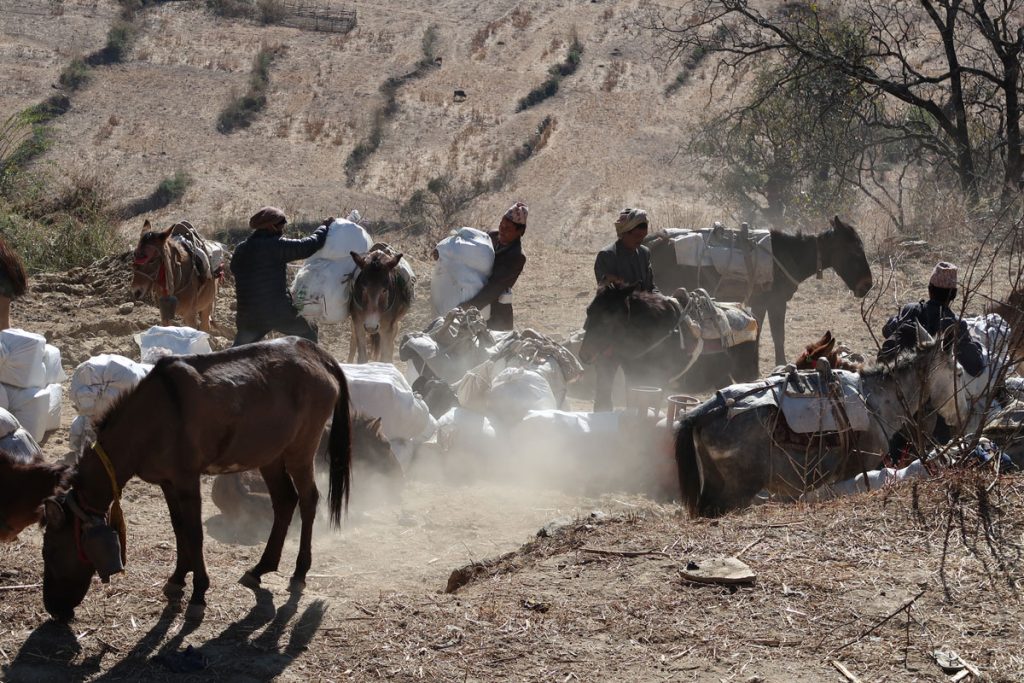
When hiking, it is important to note that Nepalese people never drink from a bottle that someone else has touched with their lips. They drink without touching the neck of the bottle – a gesture that requires a little practice. Sharing cutlery or plates with strangers or outside the immediate family is also unthinkable.

